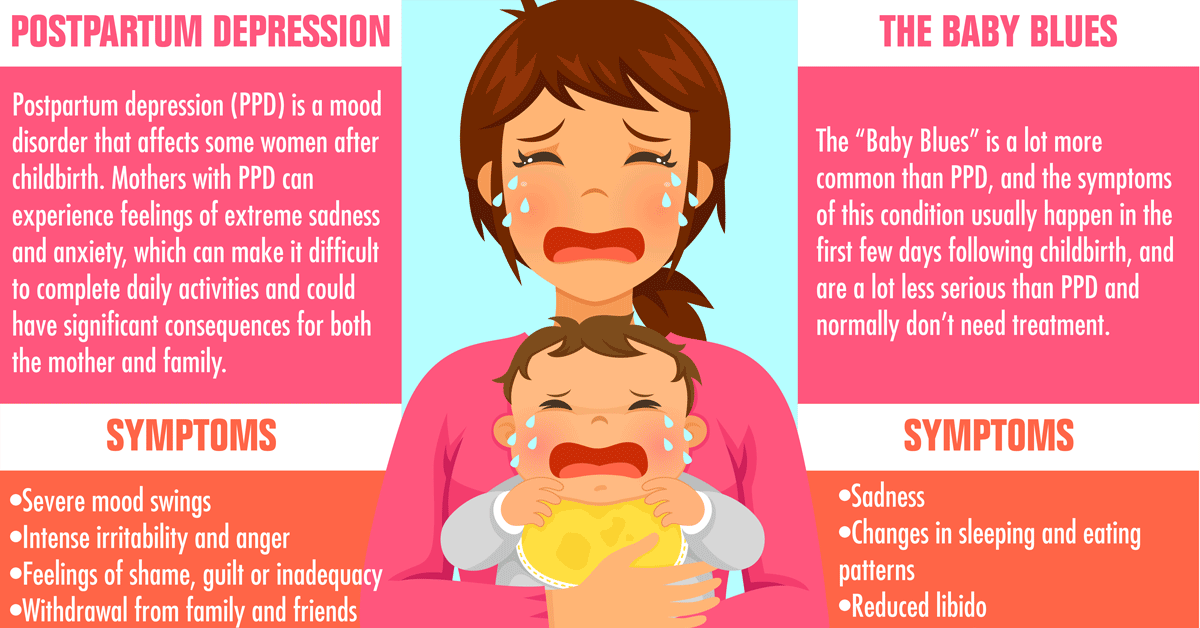State of mind stabilizers aid to calm locations of the mind that are affected by bipolar illness. These medicines are most effective when they are taken frequently.
It may take a while to find the appropriate medicine that functions best for you and your doctor will certainly monitor your problem throughout therapy. This will entail routine blood tests and possibly an adjustment in your prescription.
Natural chemical regulation
Natural chemicals are a team of chemicals that regulate each other in healthy individuals. When degrees end up being unbalanced, this can bring about mood disorders like anxiety, anxiety and mania. Mood stabilizers aid to avoid these episodes by aiding control the equilibrium of these chemicals in the mind. They likewise may be utilized along with antidepressants to improve their performance.
Drugs that work as mood stabilizers consist of lithium, anticonvulsants and antipsychotics. Lithium is probably the most well known of these medicines and jobs by affecting the flow of sodium with nerve and muscle cells. It is frequently used to deal with bipolar affective disorder, yet it can likewise be handy in treating other state of mind disorders. Anticonvulsants such as valproate, lamotrigine and carbamazepine are additionally efficient state of mind supporting drugs.
It can spend some time to find the appropriate type of medicine and dose for each and every individual. It is essential to collaborate with your doctor and engage in an open dialogue concerning how the medication is benefiting you. This can be particularly handy if you're experiencing any type of side effects.
Ion channel modulation
Ion channels are a major target of state of mind stabilizers and lots of other medicines. It is currently well developed that they are vibrant entities that can be regulated by a selection of outside stimuli. Furthermore, the inflection of these channels can have a variety of temporal results. At one extreme, changes in gating characteristics might be fast and immediate, as in teletherapy the nicotinic acetylcholine receptor/channel system. At the other end of the spectrum, covalent modification by protein phosphorylation might result in changes in network function that last much longer.
The field of ion channel inflection is getting in a period of maturity. Current studies have actually shown that transcranial focused ultrasound (United States) can promote neurons by turning on mechanosensitive potassium and salt networks embedded within the cell membrane layer. This was shown by expressed networks from the two-pore domain name potassium family in Xenopus oocytes, and focused US substantially regulated the existing moving with these channels at a holding voltage of -70 mV (best panel, loved one impact). The outcomes are consistent with previous observations showing that antidepressants affecting Kv channels control glia-neuron communications to contrary depressive-like behaviors.
Neuroprotection
State of mind stabilizers, like lithium, valproic acid (VPA), and carbamazepine, are important in the therapy of bipolar affective disorder, which is identified by recurrent episodes of mania and anxiety. These medications have neuroprotective and anti-apoptotic residential or commercial properties that assist to avoid cellular damages, and they also enhance cellular durability and plasticity in inefficient synapses and neural circuitry.
These safety activities of mood stabilizers might be mediated by their inhibition of GSK-3, inositol signaling, and HDAC activity. Additionally, lasting lithium treatment protects against glutamate excitotoxicity in cultured neurons-- a model for neurodegenerative conditions.
Studies of the molecular and mobile results of state of mind stabilizers have revealed that these medicines have a vast array of intracellular targets, consisting of multiple kinases and receptors, as well as epigenetic alterations. Refresher course is needed to determine if mood stabilizers have neurotrophic/neuroprotective activities that are cell type or circuitry specific, and just how these impacts may complement the rapid-acting healing action of these agents. This will certainly assist to develop brand-new, quicker acting, much more reliable therapies for psychiatric ailments.
Intracellular signaling
Cell signaling is the procedure whereby cells communicate with their setting and other cells. It involves a series of action in which ligands interact with membrane-associated receptors and bring about activation of intracellular paths that regulate crucial downstream mobile functions.
State of mind stabilizers act on intracellular signaling via the activation of serine-threonine protein kinases, resulting in the phosphorylation of substratum proteins. This turns on signaling cascades, bring about modifications in gene expression and mobile function.
Several mood stabilizers (consisting of lithium, valproate and lamotrigine) target intracellular signaling pathways by inhibiting certain phosphatases or activating details kinases. These effects trigger a decrease in the task of these pathways, which causes a decrease in the synthesis of certain chemicals that can impact the mind and result in symptoms of clinical depression or mania.
Some mood stabilizers additionally work by boosting the activity of the repressive neurotransmitter gamma-aminobutryic acid (GABA). This boosts the GABAergic transmission in the brain and lowers neural activity, therefore creating a relaxing effect.
